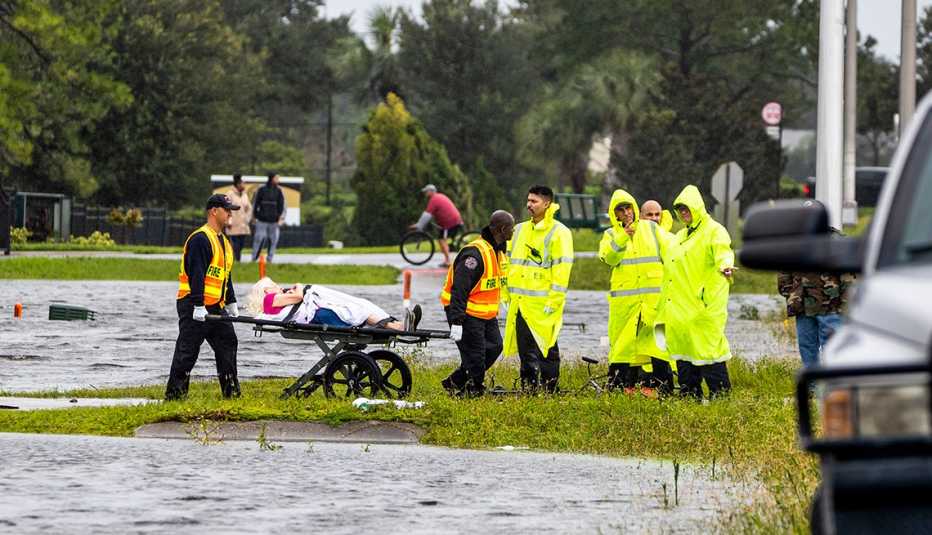Staying Fit


As the death toll for Hurricane Ian continues to climb, it’s clear that the Category 4 storm hit older Floridians particularly hard. Of the roughly 120 people known to have been killed, more than half are confirmed to have been age 60 or older. But none of the dead identified so far were nursing home residents, suggesting a potentially effective emergency response by facilities that have come under fire for their response to COVID-19, which killed many thousands within their walls.


AARP Membership— $12 for your first year when you sign up for Automatic Renewal
Get instant access to members-only products and hundreds of discounts, a free second membership, and a subscription to AARP the Magazine.
“I haven’t heard stories that have indicated any sort of negligence on the part of facilities,” says Jeff Johnson, AARP Florida’s state director. “Instead, I’ve heard stories of the facilities really going above and beyond to try and secure their residents from harm. I say this deeply cautiously, because you never know what’s going to come to light, but at this point, it looks as though [nursing homes] managed to get through this one relatively well.”
It’s too early to assess Ian’s true toll on nursing home residents in Florida, one of the largest nursing home states in the U.S., with roughly 700 facilities and 70,000 residents, plus another 3,000 licensed assisted living facilities. Johnson notes that many residents died in the aftermath of Hurricane Irma in 2017, which officially killed 129 people but was blamed for roughly 400 excess deaths in nursing homes from power outages in the weeks that followed.
“People could unfortunately pass from a variety of things triggered by this hurricane, but they won’t be labeled as hurricane deaths,” Johnson says. “And they may not become apparent for months or even years.”
For now, the death toll suggests that the nursing home population may have fared better than in some past natural disasters, including Irma. That’s likely thanks in part to a 2018 state law that requires long-term care facilities to have comprehensive county-approved emergency management plans and an alternate power source, such as an on-site generator, in the event of a power outage. Power companies also appear to have prioritized those facilities in restoring electricity after the storm.
Thousands evacuated
Before Hurricane Ian made landfall, around 40 Florida nursing homes — mainly in the state’s southwest — moved to evacuate roughly 3,400 residents, according to the Florida Health Care Association, which represents long-term care providers. Around 115 assisted living facilities statewide with approximately 4,600 residents did the same.

































































More on caregiving
How to Help Nursing Home Residents Through the Staffing Crisis
Both workers and standards are lacking right now. Here’s how you can help your loved one.
10 COVID-19 Questions to Ask a Nursing Home
Guidance for caregivers during the COVID-19 pandemicCOVID Keeps Pounding Nursing Homes, Killing Over 2,000 Residents in Just 4 Weeks
Deaths almost doubled and staff shortages intensified, AARP's new monthly analysis shows